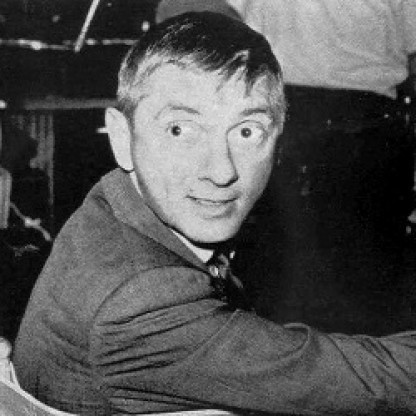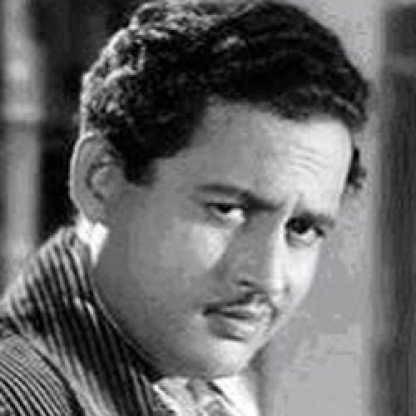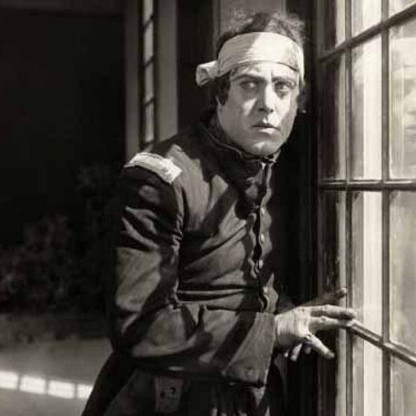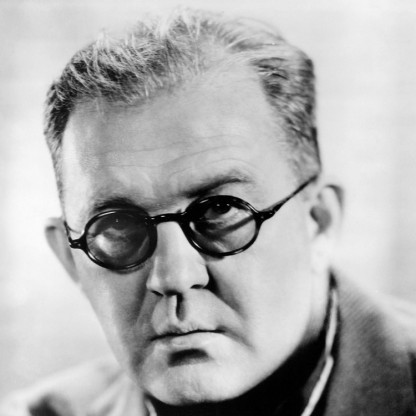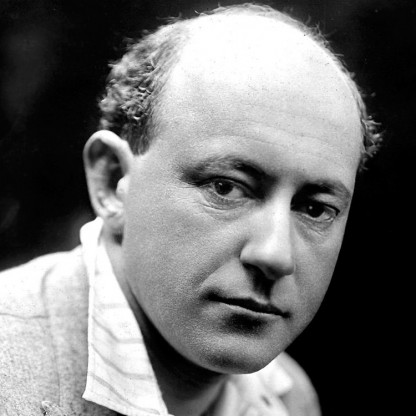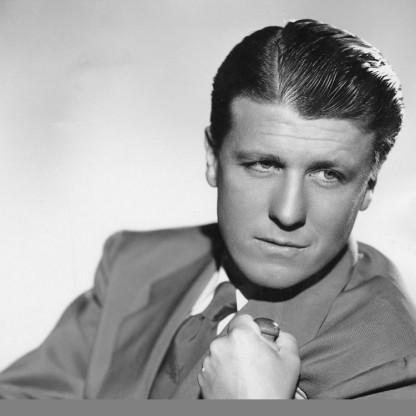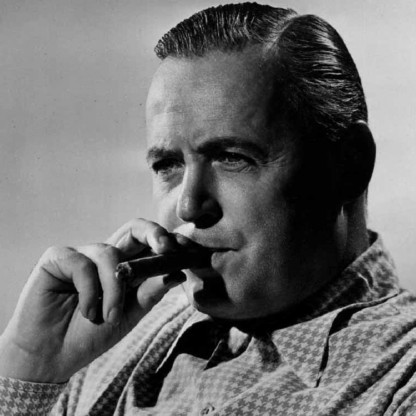In 1934 he got his first directing job, the slapstick Kentucky Kernels. His big break came when he directed Katharine Hepburn in Alice Adams in 1935. He went on in the late 1930s to direct several Ginger Rogers and Fred Astaire movies, not only with the two actors together, but on their own. In 1940, he directed Carole Lombard in Vigil in the Night, and the film has an alternate ending for European audiences in recognition of World War II, which at the time the U.S. had not yet entered.
